Author: Delphi Digital, Translation: Golden Finance xiaozou
Parallel execution is often hailed as the key to blockchain expansion and mass adoption, potentially attracting "billions of users."
1 Why care about state growth management?
Because it affects the developer experience, the fees paid by users, and the rewards accumulated by validators, state growth management is a key consideration for all L1s.
For parallelized VMs (virtual machines), it is important to note that only transactions that do not update the same state can run in parallel. In order not to conflict, transactions must be ordered sequentially, which means that if 50% of the transactions have the same state, parallel execution is only beneficial to the remaining 50% independent transactions.
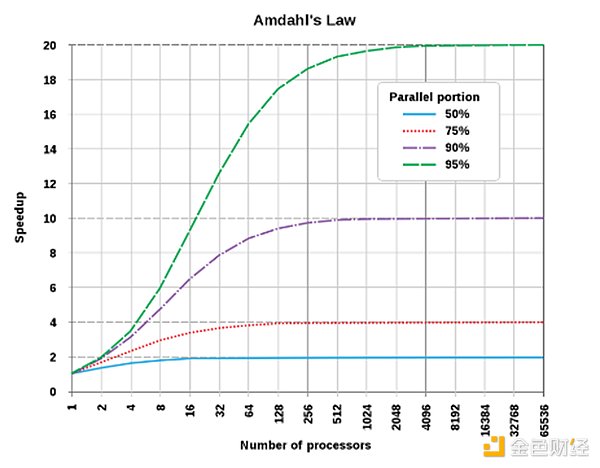
2, Two main types of parallel execution
Let's take a look at the two main types of parallel execution:
(1) Deterministic type
The VM tracks transaction dependencies on storage and balances through predefined access lists to prevent state conflicts, as shown by Solana and Sui.
(2) Optimistic type
This type of parallel execution runs in parallel or executes all transactions sequentially, assuming that transactions will not conflict. This approach does not require access lists, which simplifies the development process and has been adopted by public chains such as Monad, MegaETH, Aptos, and Sei.
3, Sequential Execution of Ethereum
Running Ethereum validators requires at least 8GB RAM and a 2.8 GHz quad-core CPU. However, the fact that EVM uses a single core to execute transactions shows that it is not fully hardware optimized.
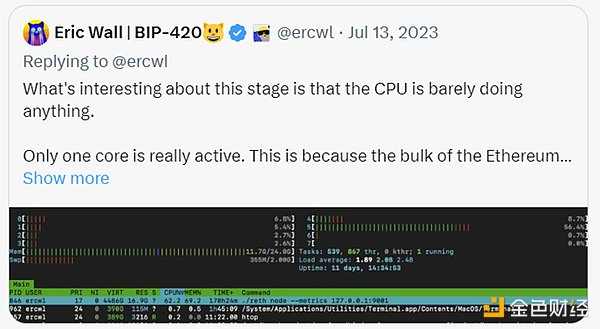
EVM cannot execute transactions in parallel mainly due to the following two factors:
It lacks a mechanism to identify transactions with shared state dependencies.
It uses RockDB and Merkle Patricia Trees to store state data, and concurrent reading and writing are more complicated.
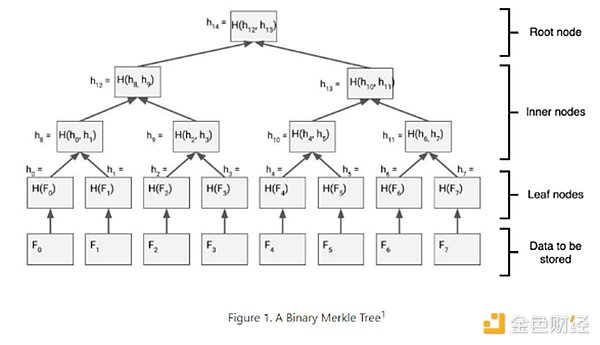
Parallel execution alone is not enough to sustain network usage. State growth and state access are the next bottleneck for scaling.
The benefits of parallel execution may be exaggerated because only a subset of selected transactions per block can be executed in parallel. This becomes very noticeable during network congestion because overlapping dependencies reduce the speedup gain. The figure below shows that block 20000006 was 6 times faster, while block 20434947 was only 1.7 times faster.
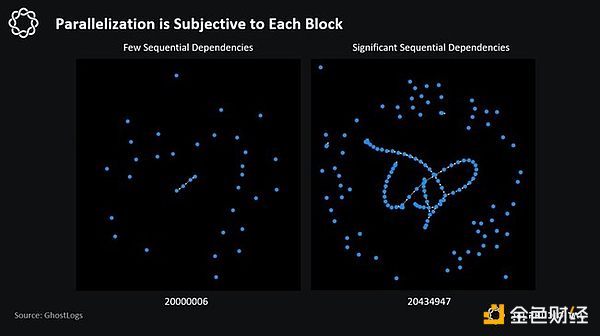
Let's look at the data from Ghost. An evaluation of 100,000 blocks between 20M blocks and 20.1M blocks in early June 2024 shows that blocks with the smallest sequential dependencies execute faster when processed in parallel.
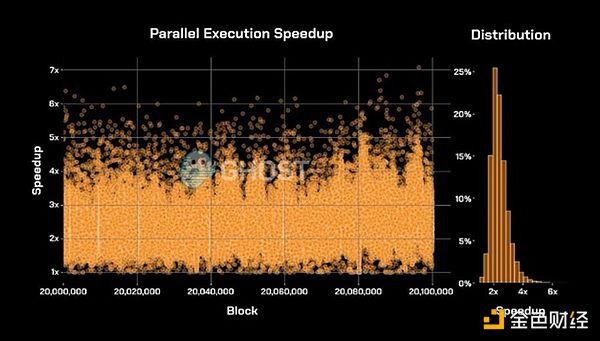
4, State growth and state access issues
The state of the blockchain includes accounts, account balances, nonces, and contract information. With frequent transactions and the emergence of new contracts, especially in a complex system like ETH, the chain state continues to expand.

5, Economic focus of state management
Public chains such as Solana, Sui or Aptos use mechanisms such as state rent to provide economic incentives for optimal state growth management. They prevent validators and users from paying higher storage costs by charging users storage fees during transactions.
6, Technical focus of state management
Most technical approaches revolve around efficient database structures that support asynchronous read and write operations using a better Merkle tree structure.
Delphi Digital researcher Muhammad Yusuf put it this way: Parallelization is a solved problem. Chains will compete to support more powerful setups and faster virtual machines. But to truly achieve long-term results, strong state growth and admission management mechanisms are needed."
 JinseFinance
JinseFinance











